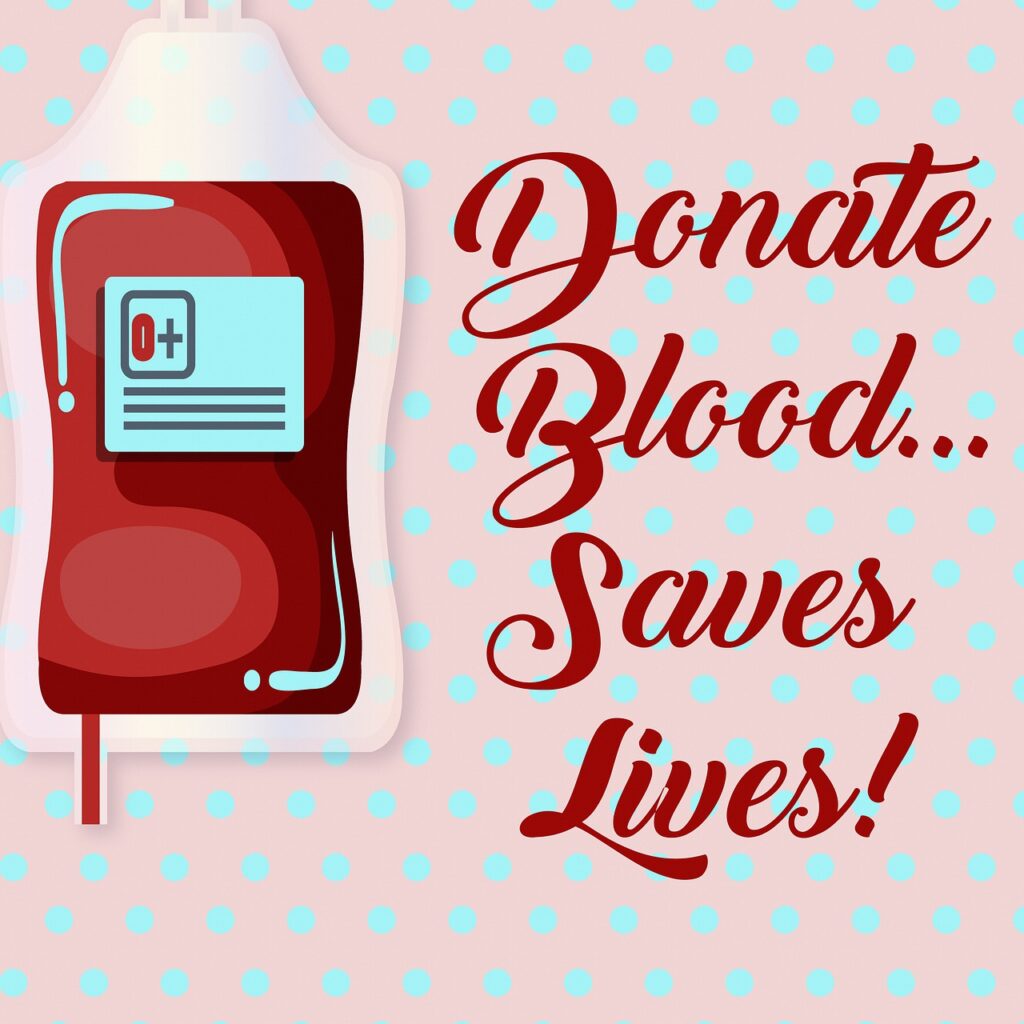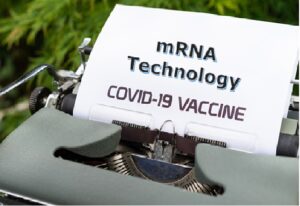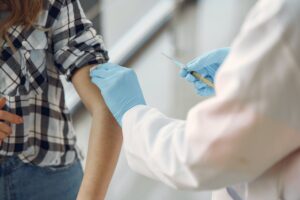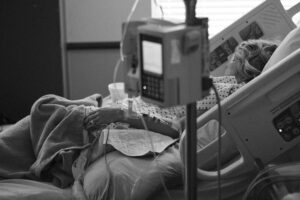Bengal and Kerala’s Smart Move towards Convalescent Plasma Therapy for Treating Critically Ill COVID-19 Patients

Neucrad Health News Desk April 12, 2020
COVID-19 is creating havoc across the world. Currently (12-04-2020), we have 1,780,315 COVID-19 positive cases and 108,828 deaths from this pandemic globally. The situation is equally grim in India, where 8,446 individuals got infected with the virus claiming 288 lives. In such a scenario, scientists across the world are working day and night to find a cure for the deadly SARS-CoV-2 virus. Recently, many countries are implementing convalescent plasma therapy for treating critically ill COVID-19 patients. Here doctors recover plasma from COVID-19 recovered patients and introduce them to the body of new patients. Since the development of vaccines will take around 12 to 18 months, convalescent plasma therapy can be a treatment of choice as a compassionate option.
How are the countries implementing Convalescent Plasma Therapy?
A report among 10 patients in China revealed that convalescent plasma therapy could successfully reduce the recovery time, improve oxygen levels, and decrease the viral load. Xiaoming Yang, at the National Engineering Technology Research Centre for Combined Vaccines in Wuhan, expressed that they have found promising results through the new treatment approach. However, he also cautioned that more clinical trials over a large sample size can establish the validity of this cure in the long run [1].
The U.S. Food and Drug Administration has approved convalescent plasma therapy as experimental trials. Doctors in South Korea are also using this technique for reviving patients in the ICU.
In India, the Indian Council for Medical Research (ICMR) has also approved the use of this therapy. Bengal and Kerala are the states to implement this new approach to treatment among COVID-19 patients. Beliaghata ID Hospital has also sought approval from the West Bengal Government to initiate clinical trials for “passive immunisation” through convalescent plasma therapy.
What is Convalescent Plasma Therapy?
Physicians have been using convalescent plasma treatments in curing critically ill patients since the last century. They used it during the 1918 Spanish flu pandemic and utilised the principle that patients who have successfully recovered a viral infection develop antibodies in their blood. This antibody helps in establishing their immunity against future diseases.
If doctors can recover the plasma of these patients and transfuse it to critically ill patients, then it can save their lives. They start secreting B-lymphocytes from their immune cells, which recognise the SARS-CoV-2 virus and negate them. The plasma retrieved from one COVID-19 recovered patient can help produce two doses of antibodies. Studies have revealed that a single dose is enough to produce enough antibodies to fight the SARS-CoV-2 virus in critically ill patients [2,3].
Which patients are eligible for Convalescent Plasma Treatment?
Currently, all COVID patients are not eligible for convalescent plasma therapy as retrieving the plasma is a time-consuming and challenging procedure. Doctors can implement this treatment only on critically ill patients having one or more of the following symptoms.
- The patient must have a life-threatening condition like shortness of breath (dyspnea), multiple organ failure, or septic shock.
- Respiratory frequency ≥ 30/min
- Blood oxygen saturation ≤ 93%,
- Lung infiltrates > 50% within 24 to 48 hours [4].
How is the matching of donors and recipients for Convalescent Plasma Therapy takes place?

At first, technicians conduct an ABO and RhD matching for selecting the donors and recipients for plasma transfusion. If they are used for women in the child-bearing age, then RhD negative units are given to RhD negative recipients of compatible age. Sometimes ABO matching is not possible between the donor and the patient. In such circumstances, doctors follow the following two procedures:
- If the patient undergoes whole blood transfusion, Group O convalescent whole blood from a low titre anti-A and anti-B can be used.
- In the case of only plasma transfusion, doctors use AB group convalescent plasma segregated through centrifugation [6].
Stay tuned to Neucradhealth for more such breaking news on the pandemic.
References:
1. The feasibility of convalescent plasma therapy in severe COVID-19 patients: a pilot study
2. Effectiveness of convalescent plasma therapy in severe COVID-19 patients
3. Convalescent plasma as a potential therapy for COVID-19
4. Recommendations for Investigational COVID-19 Convalescent Plasma









